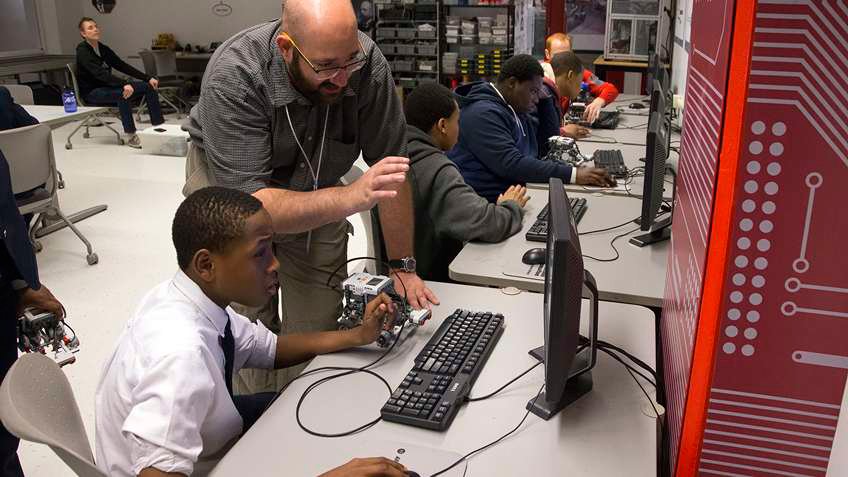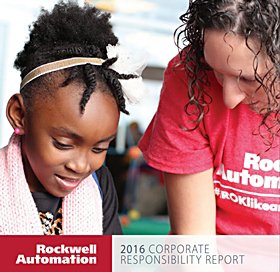In recent years, many ideas and experiments have been offered up in an attempt to address the disconnect that exists between employee capabilities and employer requirements.
Many of these proposals focus on partnering employers with government agencies and local workforce investment boards that encourage students to begin developing industry skillsets in high school and college. These programs are extremely important to bridging the skills gap.
However, many students are moving away from these career paths by high school, either through their choice or because they have not received exposure to these careers in school or at home.
So why not start at a younger age in order to provide more time to develop impressionable minds?
Cultural institutions such as museums and science centers can become a vital solution to the skills gap challenge by positioning themselves at the front of the workforce development pipeline.
Unlike schools, cultural institutions can more easily focus on specific industries or skillsets that may be important to their unique locations and missions. In order for this effort to succeed, businesses and museums must be partners, and they must be transparent, open and honest about what each hopes to gain from the collaboration.
For example, Discovery World and Rockwell Automation have developed a strong relationship due to the proximity of facilities and each organization’s dedication to enhancing Science, Technology, Engineering, and Math (STEM) Education.
Most importantly, the partnership is getting stronger and more successful because both are committed to a common goal – sparking interest in manufacturing, automation and engineering at a young age and ensuring that kids continue along the workforce development pipeline as they enter high school and beyond.
How do we get children interested in manufacturing, automation and engineering? By finding ways to make the topics fun and exciting.
Like so many other companies, Rockwell Automation faces a looming workforce shortage due to retirement and a growing demand, so attacking the challenge on multiple fronts is a necessity.


